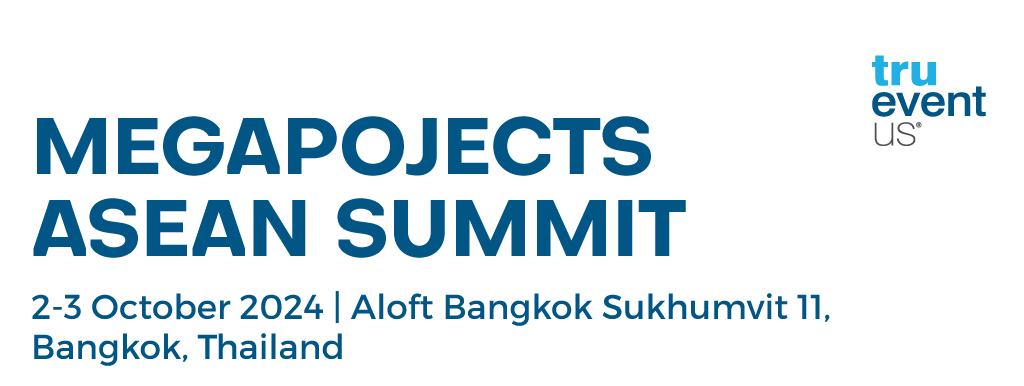The increasing urban population has compelled most governments in the region to augment infrastructure in sectors like transportation, energy, telecom, water and sanitation among others. These initiatives are reshaping hydrological systems and infrastructure, addressing critical needs.
Across the ASEAN region, governments are prioritizing infrastructure investment to accommodate the growing urban population. China’s Belt and Road Initiative (BRI) is a significant contributor, with involvement in 24 infrastructure megaprojects, totaling $77 billion in financing commitments. Despite these commitments, there exists a notable gap between promises made and implementation realized, leaving over $52 billion in unfulfilled project financing, with more than half allocated to projects that have been cancelled, downsized, or otherwise seem unlikely to proceed.
The Southeast Asia Aid Map records 34 infrastructure megaproject commitments, with China leading with 24, followed by 6 from Japan, 3 from the Asian Development Bank (ADB), and 1 from Korea. Interestingly, China’s competitors boast higher completion success rates for these megaprojects. These initiatives address immediate regional needs, with 14 focusing on energy generation or transmission. The remaining 10 represent 70% of the total commitment value and are in the transport sector with projects being planned for 7 railways, 1 airport, 1 bridge and 1 port. This sectoral distribution aligns with the BRI’s emphasis on physical economic connectivity.
Eight projects worth about $16 billion have been completed, while another eight, worth $35 billion, are on track (although two of those have been substantially downsized). Five projects worth $21 billion have been cancelled, while another three projects worth $5 billion seem unlikely to proceed. Join us at the Megaprojects ASEAN Summit hosted by Trueventus to gain privileged access to top-notch case studies and projects presented by distinguished industry experts. Connect and network with professionals to shape the future of megaprojects in Southeast Asia and promote sustainable growth and improved connectivity among ASEAN economies.

